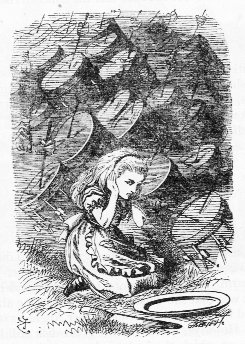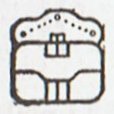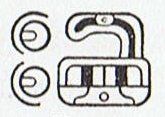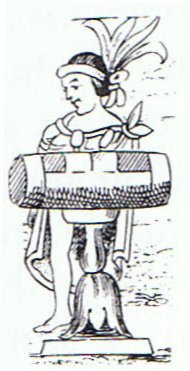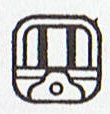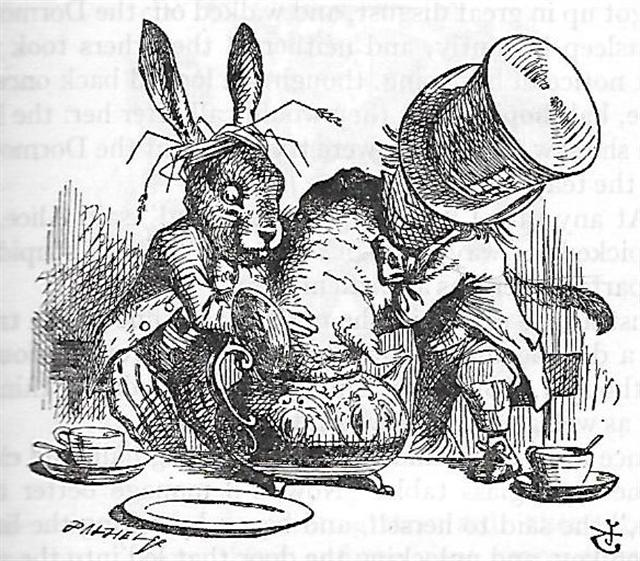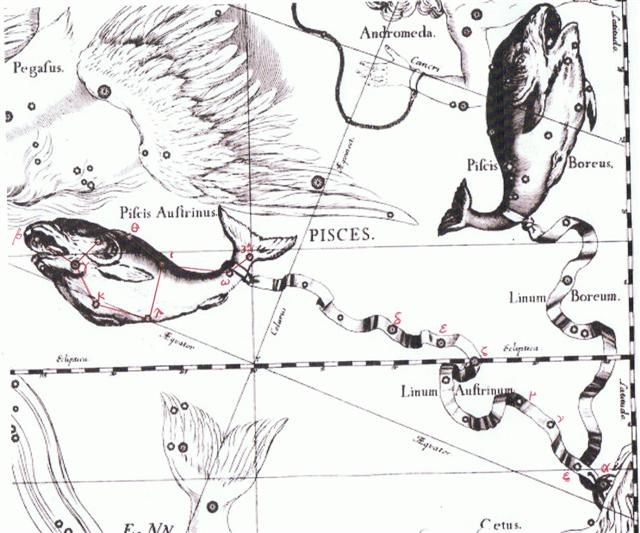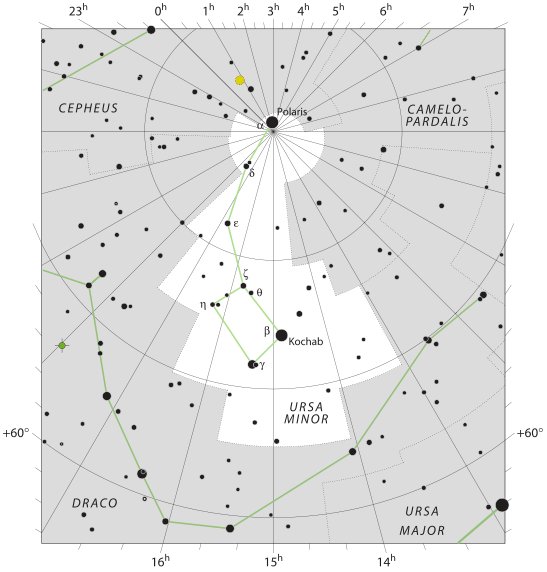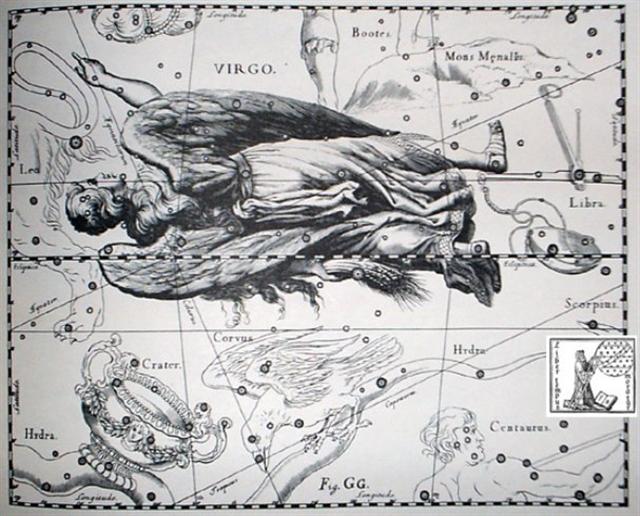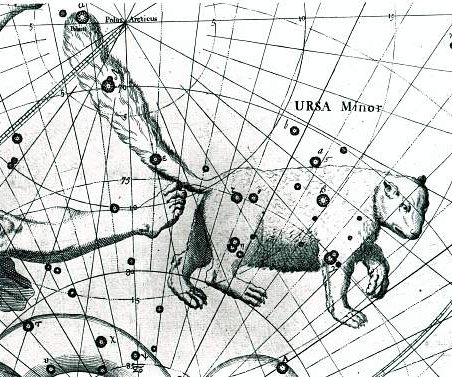92. When it was necessary Hercules could make rain by producing thunder with his oak-club inside a hollow wooden drum:
... Hercules first appears in legend as a pastoral sacred king and, perhaps because shepherds welcome the birth of twin lambs, is a twin himself. His characteristics and history can be deduced from a mass of legends, folk-customs and megalithic monuments. He is the rain-maker of his tribe and a sort of human thunder-storm. Legends connect him with Libya and the Atlas Mountains; he may well have originated thereabouts in Palaeolithic times. The priests of Egyptian Thebes, who called him Shu, dated his origin as 17,000 years before the reign of King Amasis. He carries an oak-club, because the oak provides his beasts and his people with mast and because it attracts lightning more than any other tree. His symbols are the acorn; the rock-dove, which nests in oaks as well as in clefts of rocks; the mistletoe, or Loranthus; and the serpent. All these are sexual emblems. The dove was sacred to the Love-goddess of Greece and Syria; the serpent was the most ancient of phallic totem-beasts; the cupped acorn stood for the glans penis in both Greek and Latin; the mistletoe was an all-heal and its names viscus (Latin) and ixias (Greek) are connected with vis and ischus (strength) - probably because of the spermal viscosity of its berries, sperm being the vehicle of life. This Hercules is male leader of all orgiastic rites and has twelve archer companions, including his spear-armed twin, who is his tanist or deputy. He performs an annual green-wood marriage with a queen of the woods, a sort of Maid Marian. He is a mighty hunter and makes rain, when it is needed, by rattling an oak-club thunderously in a hollow oak and stirring a pool with an oak branch - alternatively, by rattling pebbles inside a sacred colocinth-gourd or, later, by rolling black meteoric stones inside a wooden chest - and so attracting thunderstorms by sympathetic magic ...
Light (air) was one aspect of the life force and the other was the dark refreshing water, they were both needed, they were complementary:
... The life-force of the earth is water. God moulded the earth with water. Blood too he made out of water. Even in a stone there is this force, for there is moisture in everything. But if Nummo is water, it also produces copper. When the sky is overcast, the sun's rays may be seen materializing on the misty horizon. These rays, excreted by the spirits, are of copper and are light. They are water too, because they uphold the earth's moisture as it rises. The Pair excrete light, because they are also light ... 'The sun's rays,' he went on, 'are fire and the Nummo's excrement. It is the rays which give the sun its strength. It is the Nummo who gives life to this star, for the sun is in some sort a star.' It was difficult to get him to explain what he meant by this obscure statement. The Nazarene made more than one fruitless effort to understand this part of the cosmogony; he could not discover any chink or crack through which to apprehend its meaning. He was moreover confronted with identifications which no European, that is, no average rational European, could admit. He felt himself humiliated, though not disagreeably so, at finding that his informant regarded fire and water as complementary, and not as opposites. The rays of light and heat draw the water up, and also cause it to descend again in the form of rain. That is all to the good. The movement created by this coming and going is a good thing. By means of the rays the Nummo draws out, and gives back the life-force. This movement indeed makes life ...
Pahu. Drum. Pahu-rutu-roa = Long-beating-drum. Barthel. M. Pahū. Tree gong. Starzecka. Pahu uma, coffin; in modern usage, any sort of jar. Pahupahu = To dig a hole. Vanaga. A trough, barrel, cask, cradle, drum, chest, box; pahu nui, a kettle; pahu oka, a drawer; pahu papaku, coffin; pahu rikiriki, sheath; pahu viriviri, hogshead. Pahupahu, box. Churchill. A trough, barrel, cask, cradle, drum, chest, box; pahu nui, a kettle; pahu oka, a drawer; pahu papaku, coffin; pahu rikiriki, sheath; pahu viriviri, hogshead; pahupahu, box. P Mgv., Ta.: pahu, a drum. Mq.: pahu, a drum, a large cylindrical container. (To.: bahu, a hollow tree set in water as a filter.) Sa.: pusa, a box. To.: buha, id. Fu.: pusa, id. Niue: puha, id. Pau.: puha, id. Pahuahi, lantern, beacon. Paukumi, closet, cupboard. Pahupopo, a mould; pahupopokai, cupboard for food. Pahure: 1. To sweep everything away. 2. To wound, to lacerate, scar, bruise, lesion, sore; pahurehure, to wound, to scratch; hakapahure, to wound. T Pau.: pahure, to be skinned; pahore, to peel off, to scale. Mgv.: pahore, to cut off, to chop, to slice. Ta.: pahore, to flay, to skin. Churchill 2.
The beginning of side b on the C tablet was according to Metoro associated with the sound of drums (rutua - te pahu), and according to my reading of the C text heliacal Polaris was at the last glyph on side a. Furthermore the number of glyphs on side b was determined to be 348 (→ 3 * 48 = 144 = 12 * 12 ↔ 12 * 29 = 348 ↔ Fum Al Samakah), which we can guess meant 364 - 16. At Cb1-16 the previous north pole star Kochab (*225) was at the nakshatra Full Moon. *225 (Kochab) + *123 = Fum Al Samakah (*348).
This sound of drums might thus have accompanied a movement of the sky (rutua te maeva) connected with Polaris ascending to the top. Glyph Cb1-16 was at Kochab, the star which in the era of Bharani had been at the north pole.
We remember:
And we can therefore add:
Presumably the sky was moving from one side of the sky pole to the opposite side, motivating not only an addition with *16 but also a shift (in the C text) from heliacal to nakshatra view.
|
|||||||||||||||||||||||||||||||||||||||||||||||||||||||||||

